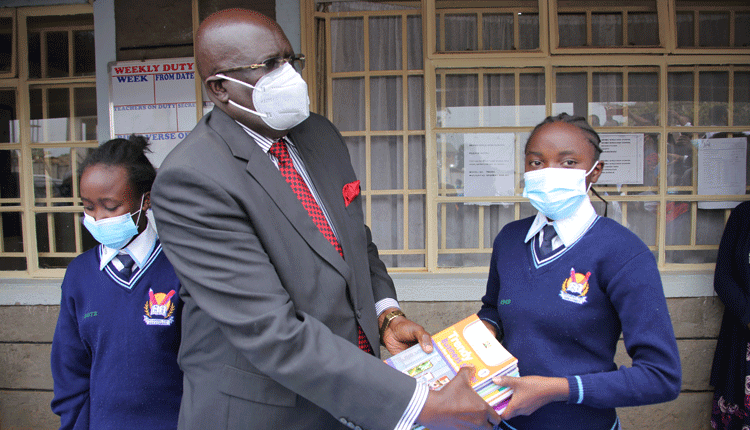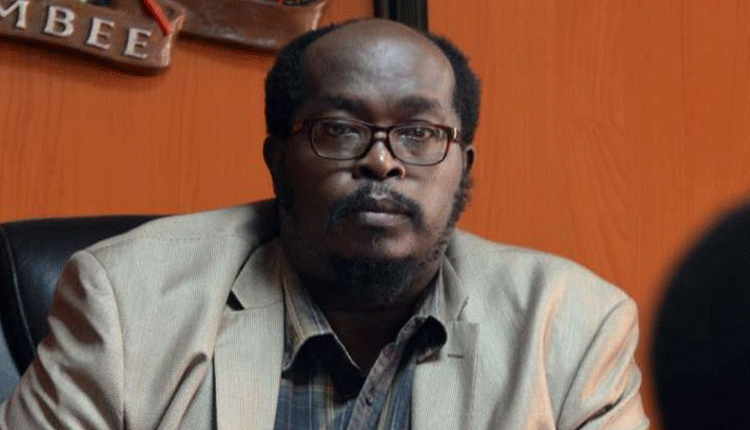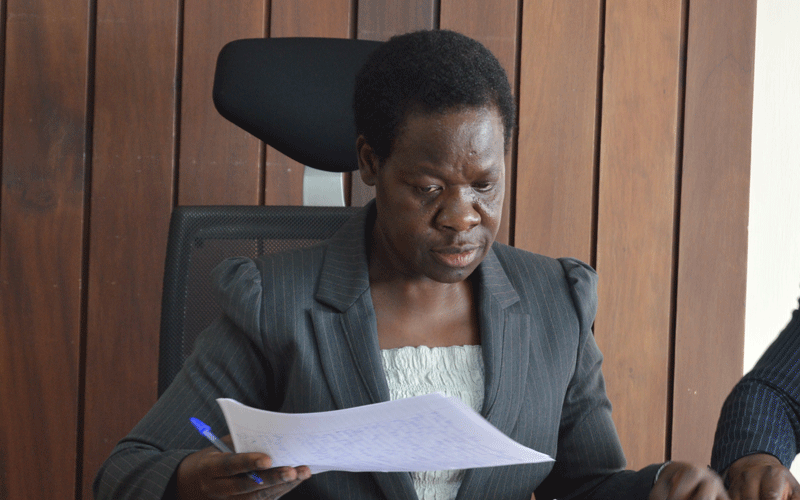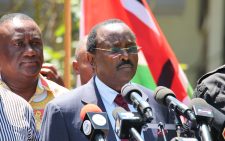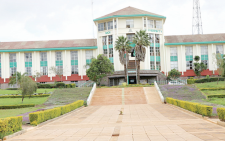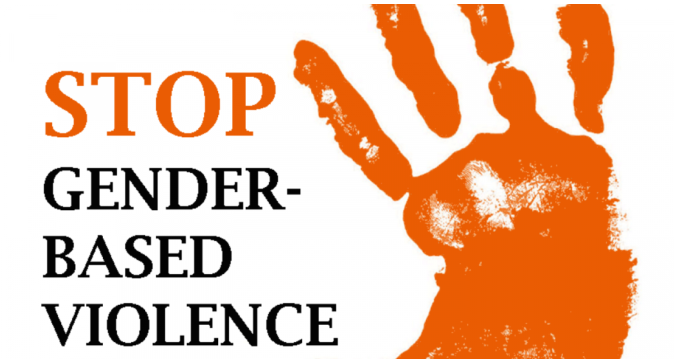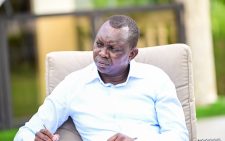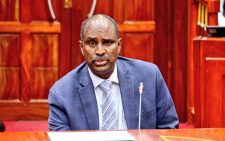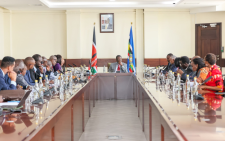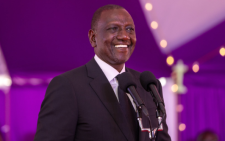Egerton suspends 14 dons as strike enters third month
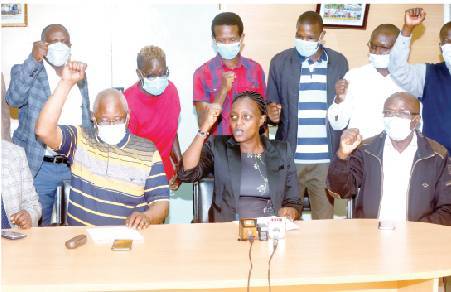
Egerton University has suspended 14 lecturers over their role in the ongoing strike that has paralysed the institution’s operations for nearly three months.
The dons, majority of who are University Academic Staff Union (UASU) officials, are accused of absconding from duty.
In a letter to the lecturers, the university said the strike, which kicked off on November 12 last year, was a violation of their contracts and was classified as absence from duty without lawful authority.
“It has been noted by the University Management Board that you are participating in an illegal strike. Consequently, you have been absent from duty without authority in contravention of the Labour Relations Act, 2007 Laws of Kenya,” letters to the affected dons read.
The letter also said the lecturers had been suspended with immediate effect.
“By this letter, you are instructed to hand over your responsibilities and any university property under your care to the chairman of your department and vacate your office immediately,” the letter added.
The board had given the lecturers a show-cause letter and one week to defend their actions and why the university should not take disciplinary action against them.
However, yesterday, UASU Egerton University chapter chair Prof Mwaniki Ngari dismissed the suspension insisting that their strike was legal and protected by law.
“It cannot be that it has taken such an institution of higher learning three months to realise that the strike is illegal,” said Ngari.
He claimed the university had been making third-party deductions from their salaries without remitting it to relevant accounts.
The suspensions at Egerton came as UASU sought a clarification about the workload for lecturers in a semester.
UASU Secretary-General Constantine Wasonga has written to the Commission for University Education (CUE) saying there is a lack of clarity on how many units a lecturer is supposed to teach in a semester.
“Lack of clarity has led to each university coming up with its own workload policy in term of units per semester and occasionally reviewing such units upwards thereby compromising the quality of education,” said Wasonga, in a letter dated February 7 to CUE Secretary Prof Mwenda Ntarangwi.
Wasonga said that according to the Universities Standards and Guidelines 2014, the maximum workload for a lecturer should be 40 hours per week, which should include teaching, preparation of examination papers, marking of exam scripts, tutorial, preparation of teaching, supervision of academic work, administrative work, laboratory and laboratory preparation and research assignments.
“It is therefore expected that all universities shall abide by this maximum workload of 40 hours per week per lecturer. However, contrary to measurement of workload by hours per week, the reality on the ground is that lecturers are allocated number of units to teach per semester as the measures of workload as opposed to the number of hours per week,” Wasonga wrote.
“We, therefore, seek your interpretation and policy guidelines on how many units a lecturer should undertake per semester in public universities. This request is in accordance with not only your mandate under the Constitution as read together with Section 4 and 5 of the Fair Administrative Action Act,” Wasonga added.
The UASU secretary general gave the example of Kirinyaga University which, he said, initially had a workload policy of three units per semester which was increased to five.
He said the university’s management attempted to raise the units to seven last month, leading to a protest by the union legal action.
Wesonga said Karatina and Multi-Media universities had also sought to increase units per semester from three to four for Social Science subjects and from two to three for STEM courses, resulting to a court action.
He said a similar attempt in Technical University of Mombasa was stopped the High Court.
